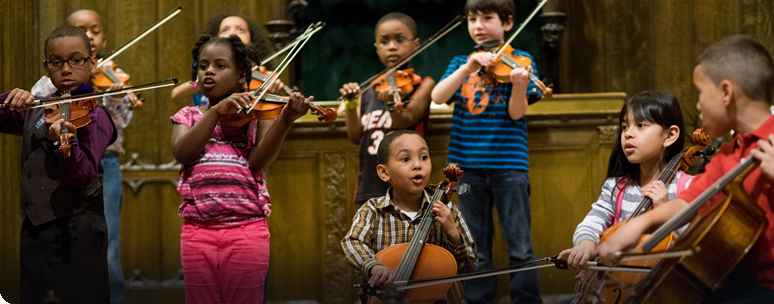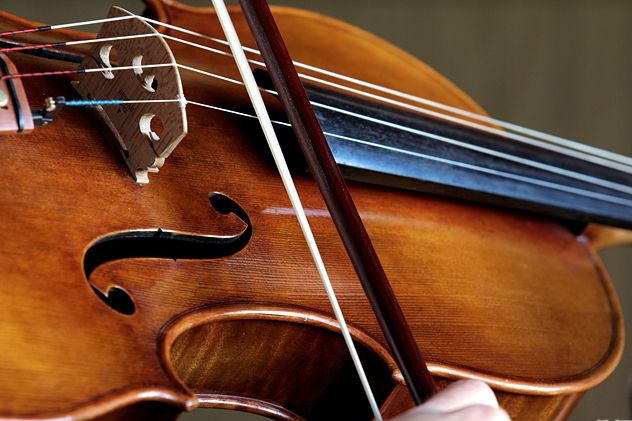In Praise of the ViolaOur Sonata Series premiere shines a spotlight on a frequently maligned instrument: the viola. Often the subject of derision, jokes about the viola abound. Not cool. With this piece, guest pianist (and husband of a violist) Ivan Tan gives the instrument some well-deserved love.
“Its career has been an interesting and singularly checkered one: originally the oldest and most important of the string family, its prestige gradually diminished until it became a mere drudge, necessary for the balance of part-writing, but hardly considered worthy of much notice in itself… …The tone of the viola is apt to become slightly monotonous in an entire recital, as it has not as large or brilliant a range of tone-color as the violin or the cello…” – Rebecca Clarke, “Viola”, Cobbett’s Cyclopedic Survey of Chamber Music (1929)
Though often playing a purely supportive function in ensemble textures, the viola can also be a powerful soloistic force in its own right; the ability of skilled violists to navigate seamlessly between these disparate roles makes them particularly attractive chamber music partners. Especially since the turn of the 20th century, and inspired by pioneering virtuoso performers like Lionel Tertis and William Primrose, composers have written works that showcase the viola’s distinctively dusky timbre. In fact, George Rochberg’s Viola Sonata was commissioned by the American Viola Society in honor of Primrose’s 75th birthday in 1979. Fascinated with the interplay between performers inherent in the duo sonata format, Rochberg had begun working on his own violin sonata in 1942, but abandoned the project after he was drafted into the army. The sonata’s pre-war origins are especially apparent in the first movement, whose harmonic content is influenced by Rochberg’s interest in the music of Béla Bartók. The heart of the piece, however, is the bluesy second movement: Rochberg has written that its “dirgelike, singing character” was what convinced him that the sonata would sound “natural” on the viola. Eventually, Rochberg’s wife Gene convinced him to add a third movement, though Rochberg resisted the traditional “stormy finale” in favor of a short epilogue that contains fleeting reminiscences of themes from the first movement. Unlike Rochberg (whose main instrument was the piano), Rebecca Clarke was a virtuoso violist, and her 1919 Viola Sonata has become a repertory staple. Throughout the sonata, Clarke uses her intimate knowledge of the viola to show off its technical capabilities and timbral palette: the striking cadenza that opens the first movement and the shimmering harmonics in the quicksilver second movement belie Clarke’s description of the instrument as “awkward and difficult,” while more lyrical themes in all three movements explore the viola’s melodic potential. As with Rochberg, Clarke inserts themes from the first movement into a formally looser, almost improvisatory last movement, though here the thematic recall works in favor of a large-scale dramatic ending. The viola’s importance extends behind the scenes of this concert, performed at the Apple Hill Center for Chamber Music in Nelson, NH, where many CMW faculty and students go every year to participate in its Summer Chamber Music Workshop. Mike Kelley, the violist of the Apple Hill String Quartet, recorded and produced the concert, and both Jake and Lisa have studied viola with Lenny Matczynski, Apple Hill’s director. In preparing for this performance, we’ve enjoyed celebrating the longstanding association between Apple Hill and CMW, and prominently featuring a well-deserving but underappreciated instrument! — Ivan Tan, pianist Watch the premiere of Sonata Series Event #1, featuring MusicWorks Collective violists Jake Pietroniro and Lisa Sailer, joined by guest pianist Ivan Tan, for two remarkable duo pieces that showcase the rich and soulful sonorities of the viola.
|

